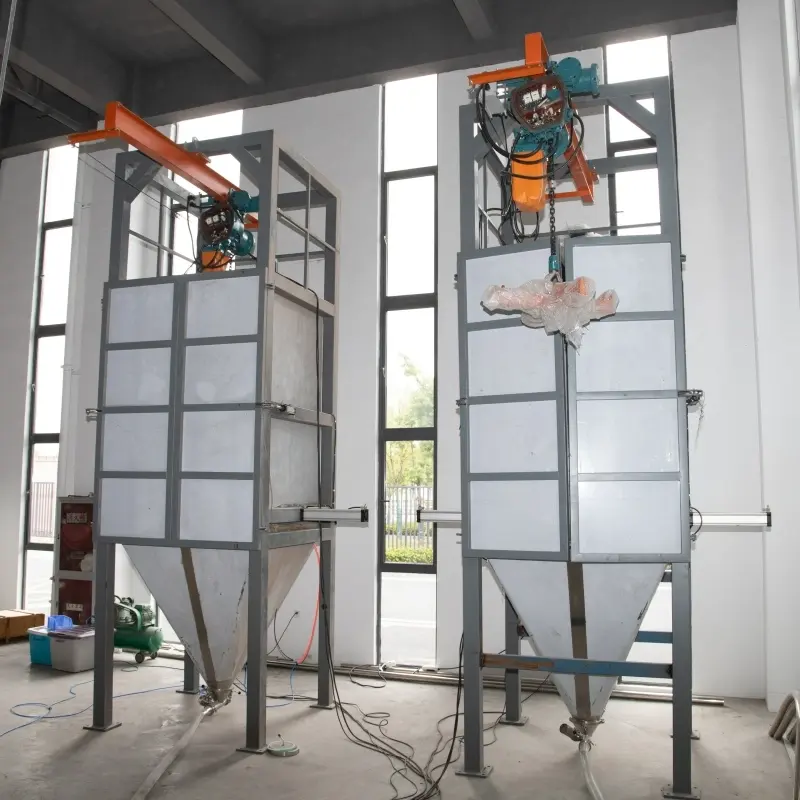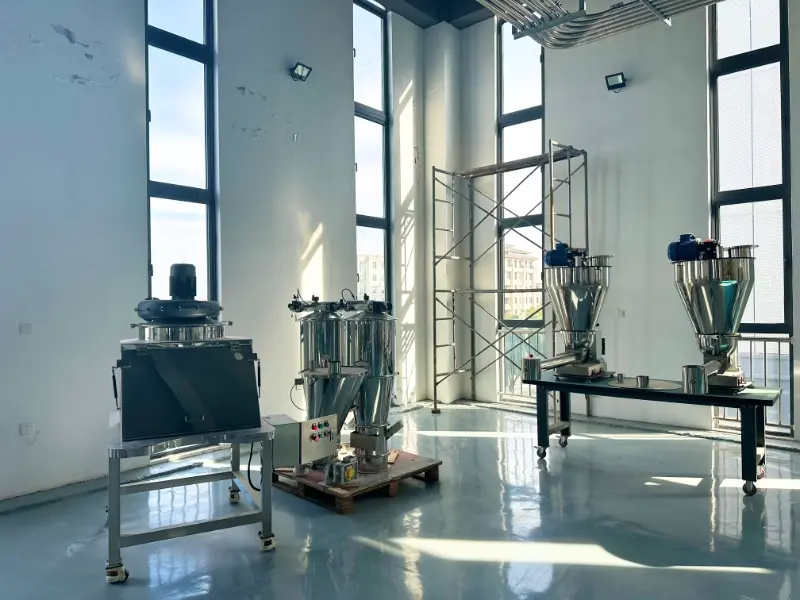Why Twin Screw Feeders Are Ideal for High-Capacity Feeding Applications
Release time: 2025-10-17
Table of Contents
In many industries, from plastics and chemicals to food processing, accurate and reliable feeding of materials is essential. For high-capacity feeding applications, choosing the right equipment can make a significant difference in efficiency and productivity. Twin screw feeders are widely recognized as an excellent solution for such tasks. Here’s why they are ideal for high-capacity operations.
1. Handle Large Volumes Efficiently
Twin screw feeders are designed to manage large amounts of materials without compromising accuracy. Unlike single screw feeders, which can struggle with very high feeding rates, twin screws work together to move materials consistently. This makes them perfect for industries that require continuous, high-volume feeding of powders, granules, or pellets.
2. Superior Material Conveying
The twin screws create a positive conveying action, meaning that materials are pushed forward reliably without slipping. This is especially important for sticky, irregular, or difficult-to-flow materials, which can cause blockages in single screw feeders. Twin screw feeders ensure smooth material flow, minimizing downtime and production delays.
3. High Accuracy and Consistency
Even at high feeding rates, twin screw loss-in-weight feeders maintain precise and consistent dosing. The dual-screw design distributes the material evenly across the feeding channel, reducing variations and ensuring that the output matches production requirements. For industries that rely on accurate formulation, such as chemical or food processing, this is a key advantage.
4. Customizable for Specific Applications
Twin screw feeders can be customized to suit specific materials and production needs. Screws can be made in various lengths, diameters, and pitches to accommodate different flow characteristics. Some feeders even feature variable speed drives and advanced control systems, allowing operators to adjust feeding rates easily and maintain accuracy at all times.
5. Durability and Low Maintenance
Built for industrial use, twin screw feeders are robust and durable, capable of handling abrasive or heavy materials over long periods. They are also relatively easy to maintain, with accessible screws and troughs that can be cleaned or replaced as needed. This combination of durability and low maintenance makes them a cost-effective solution for high-capacity operations.
Conclusion
For industries requiring high-capacity, accurate, and reliable material feeding, double screw loss-in-weight scale is an excellent choice. Their ability to handle large volumes, convey difficult materials smoothly, maintain precision, and offer customizable solutions makes them ideal for demanding production environments.
Investing in a twin screw feeder can enhance productivity, reduce downtime, and improve process efficiency, making it a smart choice for any high-volume feeding application.


